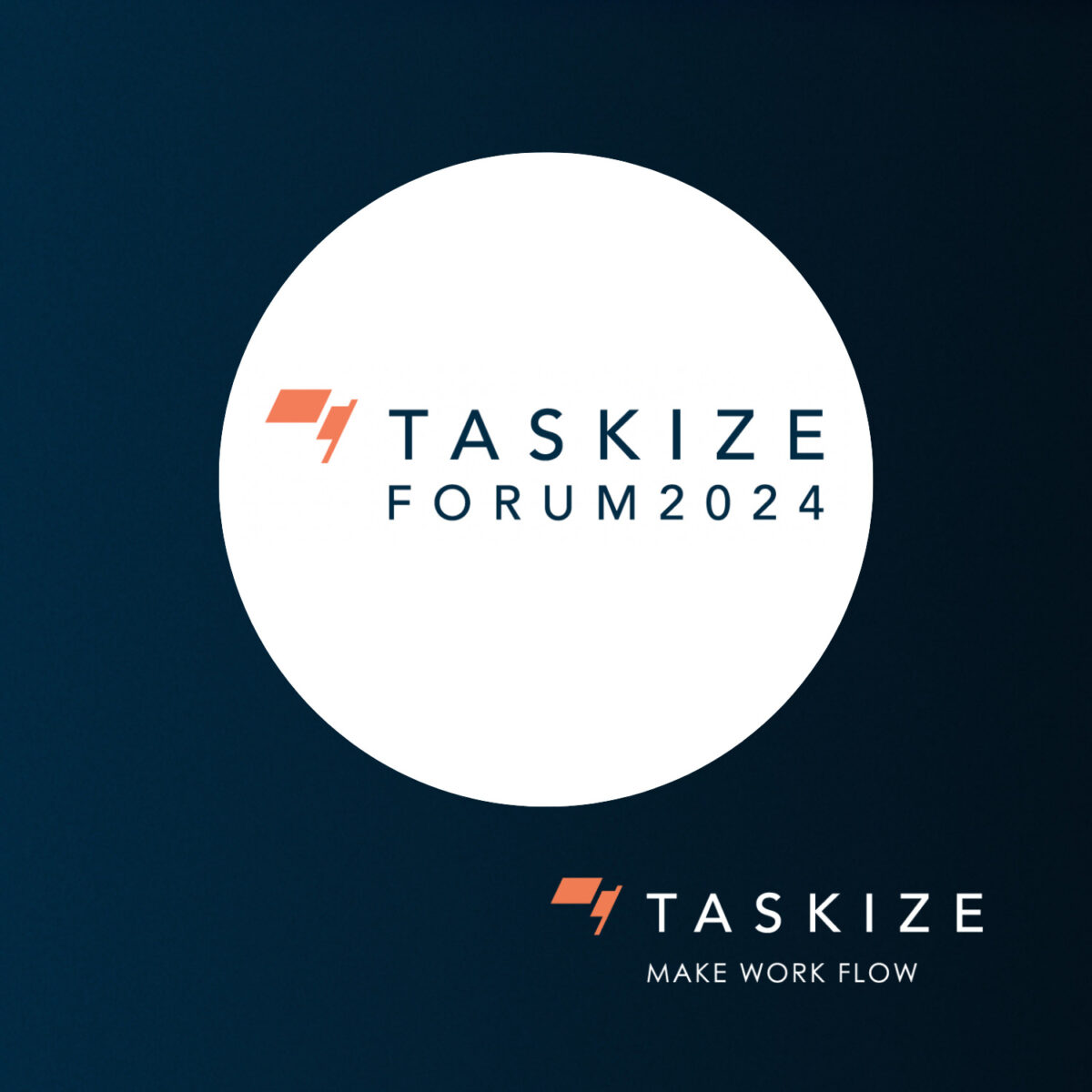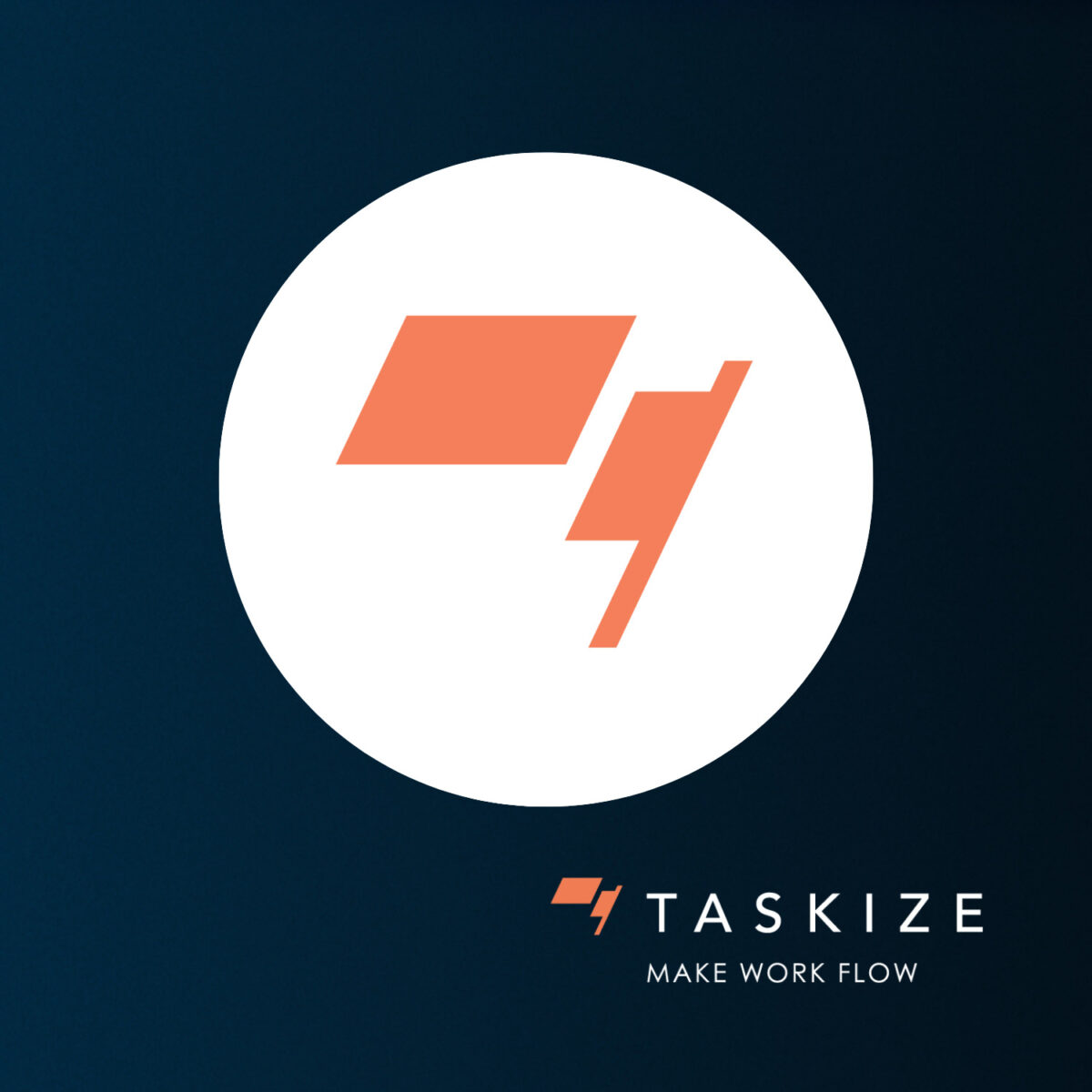Events & Webinars
Humans have always predicted the future. Badly. We predicted travel by jet-propelled backpacks, but not the self-driving cars now being trialled on public roads.
Nor did many predict the internet, smartphones, the cloud or other related digital technology innovations that have revolutionised our daily personal and professional lives in unpredictable ways. And will continue to do so, at greater speed, bringing greater uncertainty.
The expected pace of technological change behoves us to build agility and adaptability into our business plans and operational models. Fortunately, technologies such as APIs are making it easier to drop in a new tool to address a new problem or deliver a new efficiency. And that’s the point: for better or worse, something new is always going to come along. Change is part of life, and when changes come thick and fast, preparing for change becomes essential. Future-proofing does not mean delivering a solution that will do the job in perpetuity; it means investing in a framework that can sway with the winds of change, helping your organization to handle the next big thing.
[pullquote type=”right”]Many are predicting an exponential rise in margin disputes as smaller buy-side firms are required to comply with rules for non-cleared OTC derivatives…[/pullquote]
This principle applies to straight-through processing (STP) of financial transactions. As finance sector processes became more dematerialized and automated across the eighties and nineties, advances in standardisation and interoperability allowed operations staff to dream of a future in which all work really did flow seamlessly from end-user to end-user. Such was the potential of STP that trade associations and magazines were established, dedicated to its pursuit. Instruments and transactions that fell short were categorized as ‘exceptions’. For refusing to conform, these failed trades were consigned to manual intervention, with the help of specialist exception management tools.
Today, of course, exception management is still very much with us; the Global Straight Through Processing Association and STP magazine, sadly, are long gone. What went wrong? Nothing, apart perhaps from unrealistic expectations. Regulatory and technological trends have encouraged and facilitated continuous, if incremental, improvements in STP levels, assisted by industry efforts on message and process standardisation. In the aftermath of the financial crisis, regulators squeezed many operational risks out of the system by demanding greater automation of over-the-counter markets and time-limiting processing windows, alongside a widespread move toward T+2 securities settlement. Further advances are in the pipeline as institutions look to harness artificial intelligence to improve matching efficiency, thus driving up reconciliation STP. Moreover, custodians and other large institutions are using big data analytics to identify and predict the common causes of breaks.
But exceptions are still with us in significant volumes, causing cost, delay and risk. A 2017 survey found that 49% of DTCC clients were incurring ‘very high’ to ‘moderate costs for fixing trade exceptions and there’s little reason to expect a substantial change since then. Short of a radical paradigm shift (not, of course, impossible in the medium term given the potential of smart contracts and distributed ledger technology), we have to accept that exceptions will always be with us.
[pullquote type=”left”]We will continue to place more responsibility with machines.[/pullquote]
As hinted above, technology innovation moves on very quickly, often consuming its own children. In the eighties, music lovers were told compact discs were indestructible, but these were soon cast aside as we were encouraged to store our music in the cloud – until service providers discovered streaming and began dismantling their hosting services. The pursuit of perfection – whether in storing music or executing financial transactions – is a long and winding road. Rather than targeting the elimination of exceptions, our operating frameworks should focus on the flexibility that can accommodate new technologies, counterparties, instruments – and problems.
Although technology is helping us to tackle risks and operational processes across the finance sector, few are suggesting we should just leave the robots to it. The balance of responsibility is shifting, but today intelligent automation means letting machines get on with repetition and calculation-intensive tasks to which humans have proven unsuited. From cyber-security and financial crime prevention to customer service and trade execution, the machines are doing the heavy lifting, freeing up the humans to exercise judgement on more complex tasks. The same applies in exception management. As we deploy new innovations that resolve long-standing causes of trade fails, we should equip operations staff with the tools to address those that persist, meaning dedicated platforms designed to facilitate multilateral collaboration across institutions in a secure and confidential fashion. Further, exception management processes must be sufficiently flexible to handle emerging needs, not just existing ones. Many are predicting an exponential rise in margin disputes as smaller buy-side firms are required to comply with rules for non-cleared OTC derivatives, but platforms such as Taskize can help firms to minimise the impact of differences between counterparties.
In many fields, significant progress is being made through an understanding of which combination of resources will deliver the optimum outcome. We will continue to place more responsibility with machines, but in an unpredictable world, the key to the success lies in the development of flexible frameworks that allow human judgement to be exercised efficiently. Our ability to process transactions seamlessly has improved exponentially, but just like the driver of a prototype automated vehicle, we can’t snooze at the wheel.
Image: Under the GFDL v1.2, attribution of this image to “Fir0002/Flagstaffotos”

